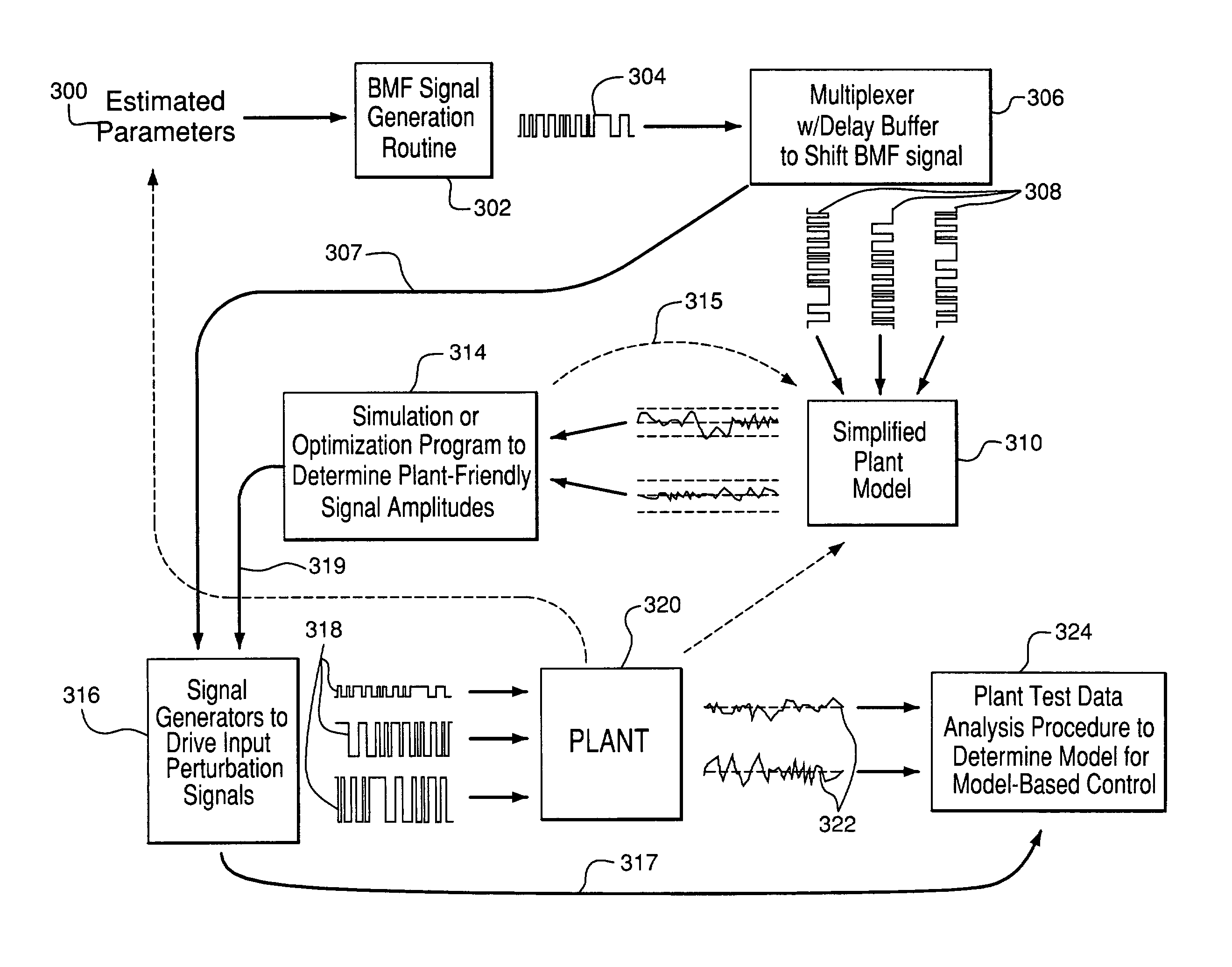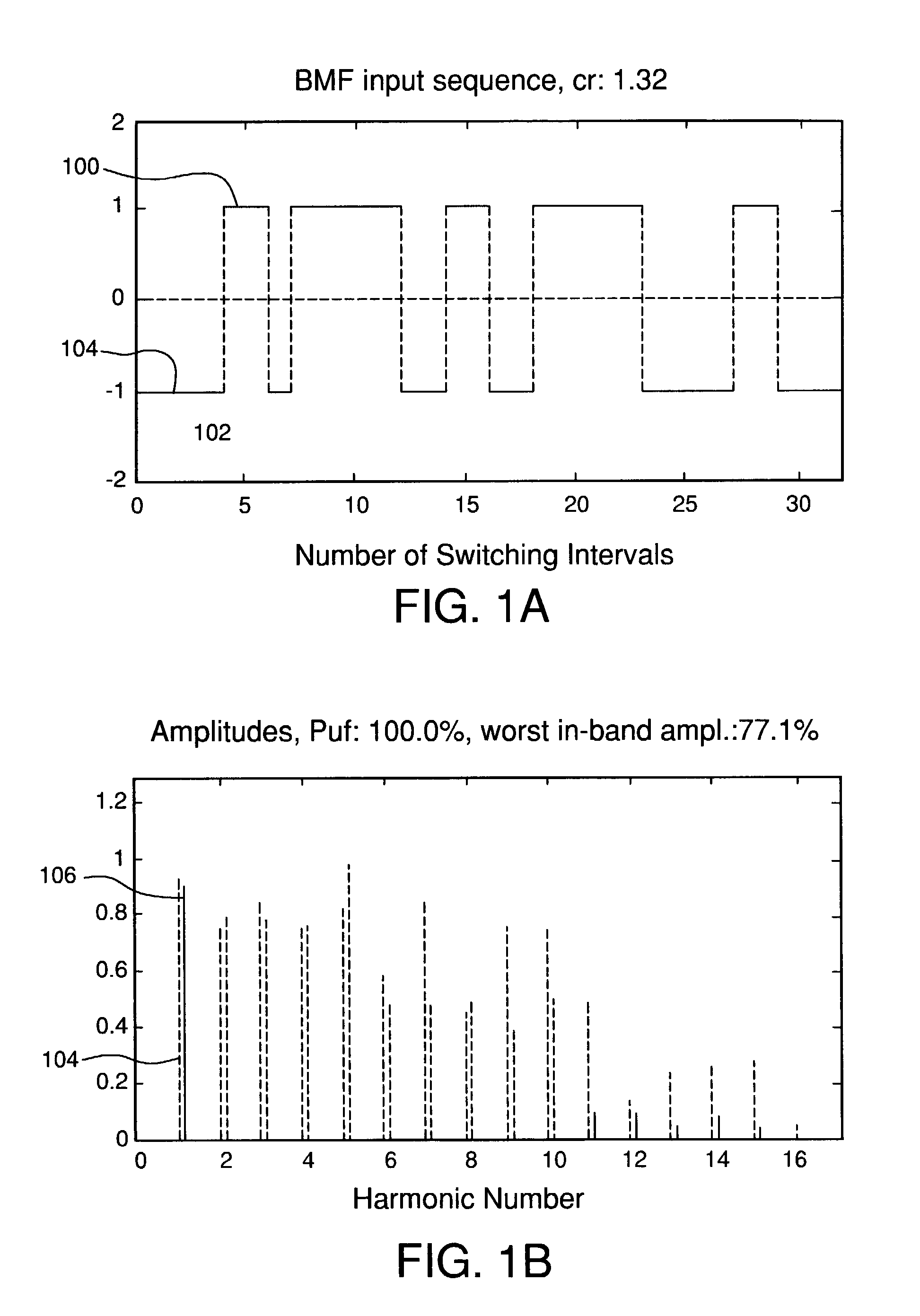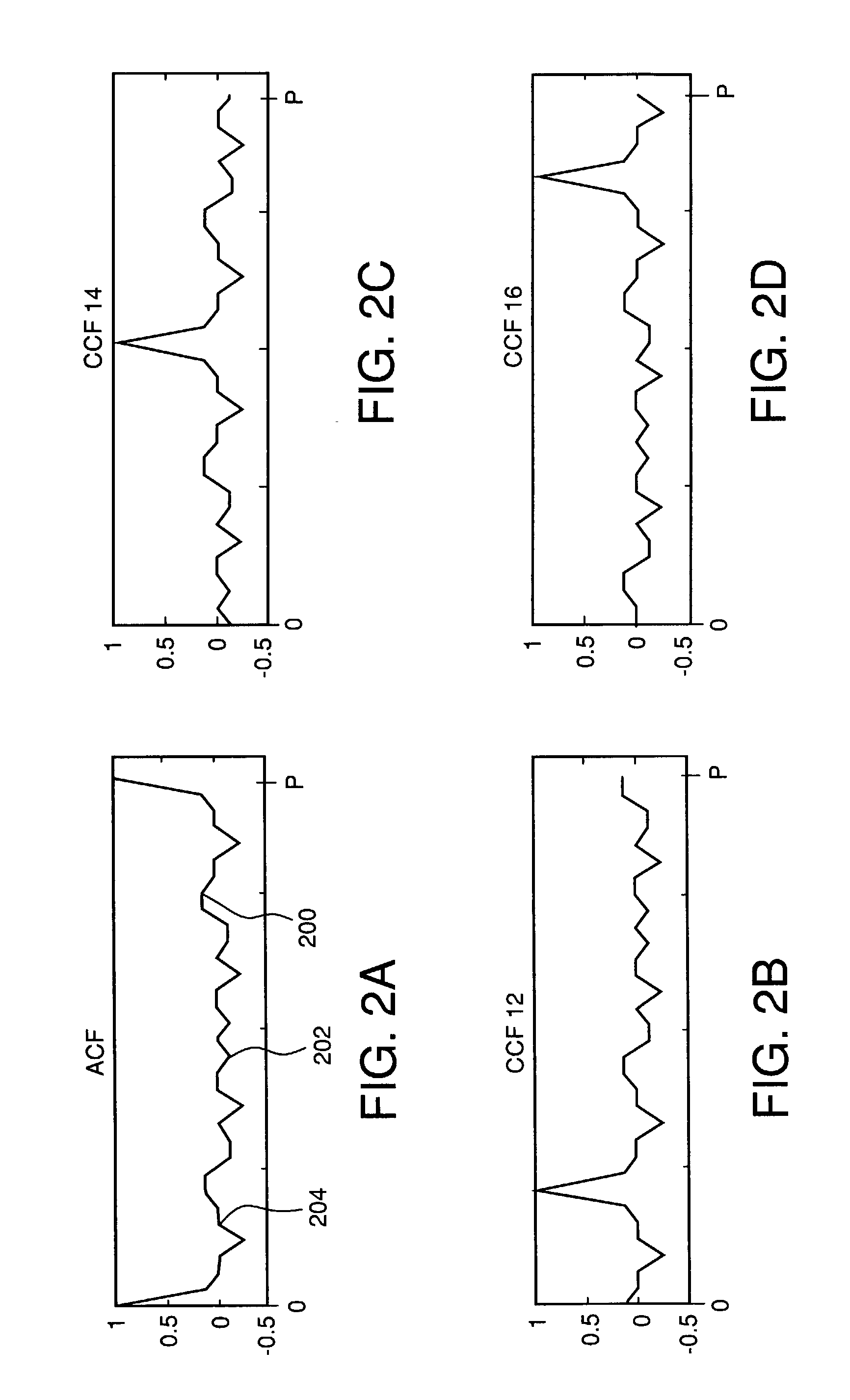Fast plant test for model-based control
a plant test and model-based control technology, applied in the field of open-loop testing and system identification, can solve the problems of not having a great deal of choice among different perturbation signal designs, many signal design issues do arise, and other types of periodic signals have found little application
- Summary
- Abstract
- Description
- Claims
- Application Information
AI Technical Summary
Benefits of technology
Problems solved by technology
Method used
Image
Examples
Embodiment Construction
[0038]The present invention involves the design of a fast plant test to obtain a system model for model-based control of a system, such as an air separation unit (ASU), hydrogen carbon monoxide (HyCO) facility, or a natural gas liquefaction (LNG) plant, which has multiple input (manipulated) channels and multiple output (controlled) channels. An exemplary system is shown as plant 320 in FIG. 3. It is understood that other chemical plants, such as petro-chemical plants, or other complex systems, including electronic and mechanical systems, to be desirably operated via a model-based controller may also be tested according to the present invention.
[0039]One important consideration in such a test is the generation of perturbation signals used to test the response of the system to perturbation of its input levels. Perturbation Signals for System Identification, edited by K. Godfrey, Prentice Hall International, Ltd., 1994, provides general background on perturbation signal design for mod...
PUM
 Login to View More
Login to View More Abstract
Description
Claims
Application Information
 Login to View More
Login to View More - R&D
- Intellectual Property
- Life Sciences
- Materials
- Tech Scout
- Unparalleled Data Quality
- Higher Quality Content
- 60% Fewer Hallucinations
Browse by: Latest US Patents, China's latest patents, Technical Efficacy Thesaurus, Application Domain, Technology Topic, Popular Technical Reports.
© 2025 PatSnap. All rights reserved.Legal|Privacy policy|Modern Slavery Act Transparency Statement|Sitemap|About US| Contact US: help@patsnap.com



